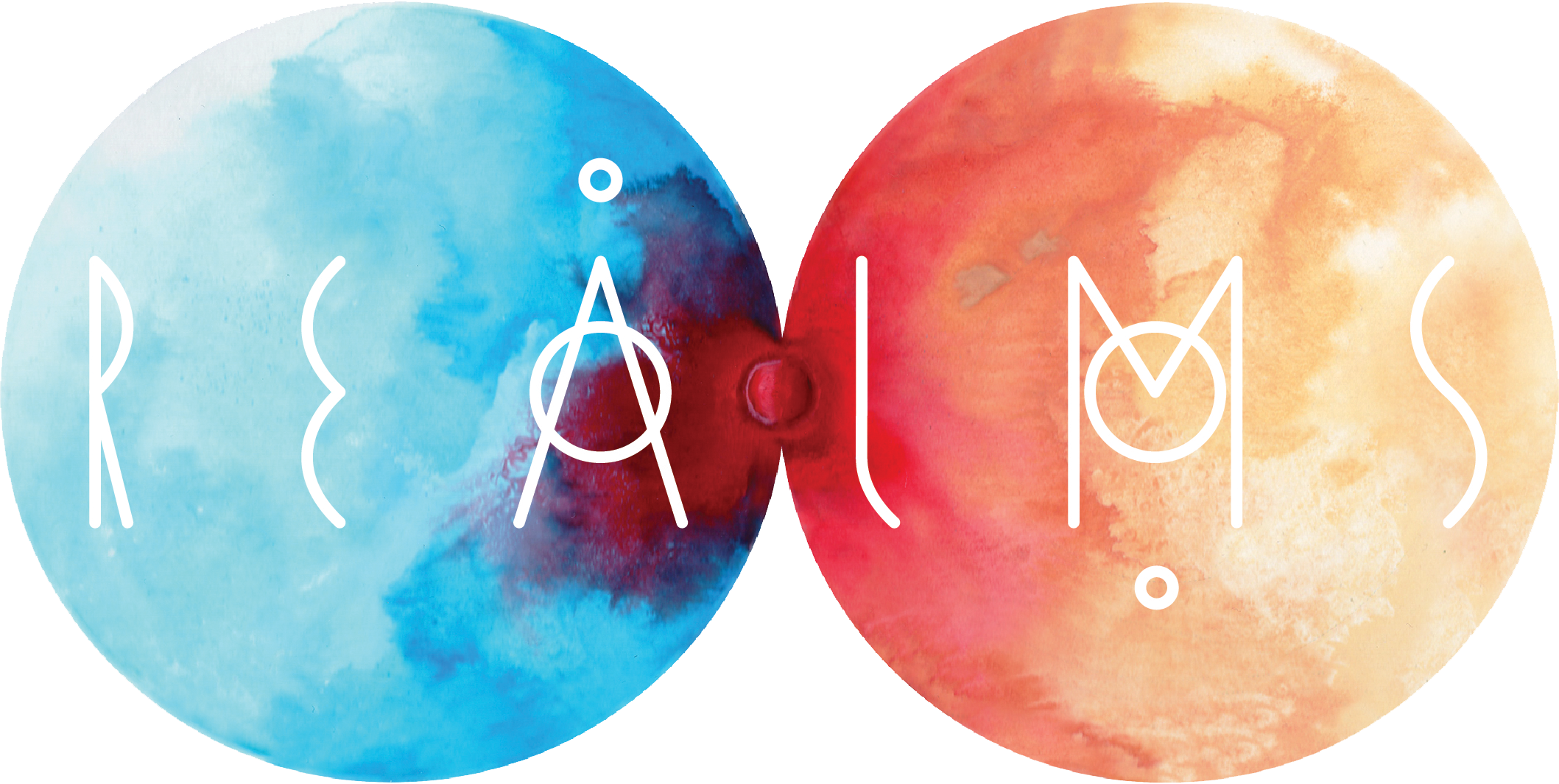Terai Trajectories: Layering Design Action in the Plains of Nepal











2022
published in Journal of Landscape Architecture
Monsoon rains transform the hundreds of dry, meandering gravel channels running through Nepal’s Terai plains into powerful flows of water and sediment. Following the mid-twentieth-century displacement of the Terai’s Indigenous peoples and transformations of forested plains into farmland, efforts to confine and control these flows multiplied. Monsoon flood disaster has since become the norm across this landscape that has always flooded.
The widespread building of embankments between settlements and water flows has become an almost singular response as institutions fail to respond beyond patchwork post-disaster relief. The plains are now crisscrossed by a growing network of chronically failing flood-control embankments: ‘There are two types of embankments: those that have breached and those that will.’ Breached embankments are either rebuilt in place or pushed towards flows to ‘protect’ more land from flooding. This cycle continues; the future becomes ‘thinkable only as extrapolation from what-is’.
Two possible futures in Theliya, a small village separated by one such embankment from a seasonal channel, are outlined in these drawings. Each imagines how the layering of design action across time sets the stage for possible futures by shaping ‘the entire field of future action’. In one composite drawing, the future is a continuation of what-is: an ongoing cycle of embankment failure and rebuilding. The other speculates on possibilities that might emerge as the embankment is unbuilt. Rather than return to some imagined previous state in a landscape that is now heavily populated, design with sedimentation processes thickens the gradient between monsoon waters and settlement and allows it to shift. Unbuilding the embankment, however slowly, heralds abandonment of the ideologies and technologies of control.
